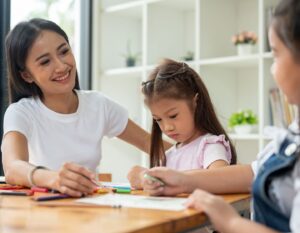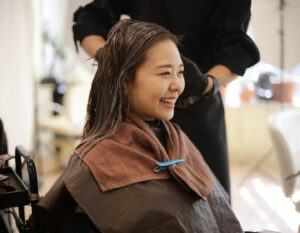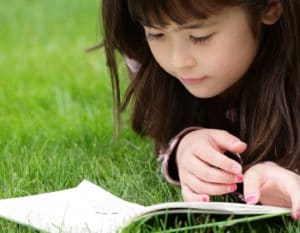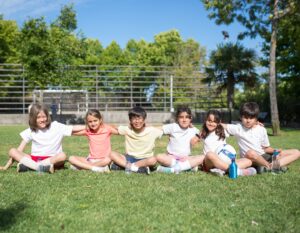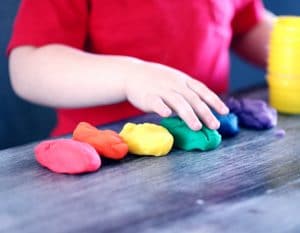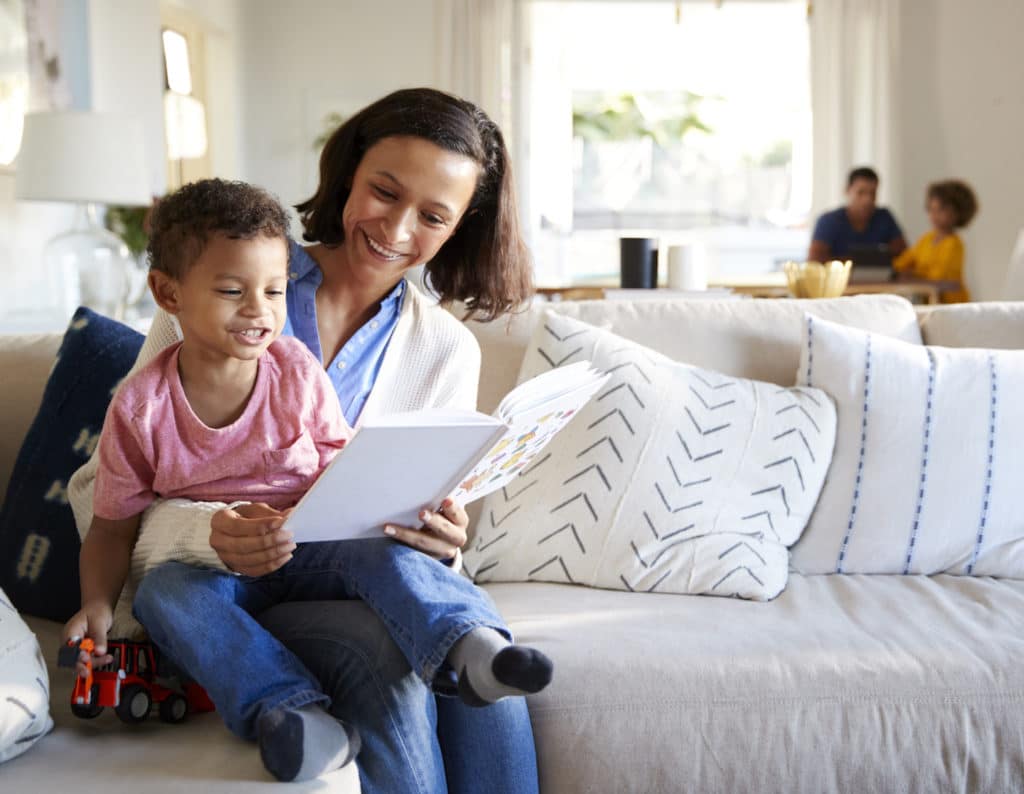
 Post Category - ParentingParenting - Post Category - BabyBaby - Post Category - Toddler & PreschoolerToddler & Preschooler
Post Category - ParentingParenting - Post Category - BabyBaby - Post Category - Toddler & PreschoolerToddler & PreschoolerTips on what you can do to raise a polyglot.
If you are keen to bring up your child(ren) bilingually, when is the right time to begin? How do you begin to introduce children to a new language? And how do you know how well they’re progressing? Like many aspects of child development, learning a new language falls on a continuum and progress varies from child to child. So while there are no fixed answers, here are my views based on what I have studied and observed first-hand with my own (soon-to-be, I hope!) bilingual baby.
Read more: International Mother Language Day: Celebrating Hong Kong’s Diversity
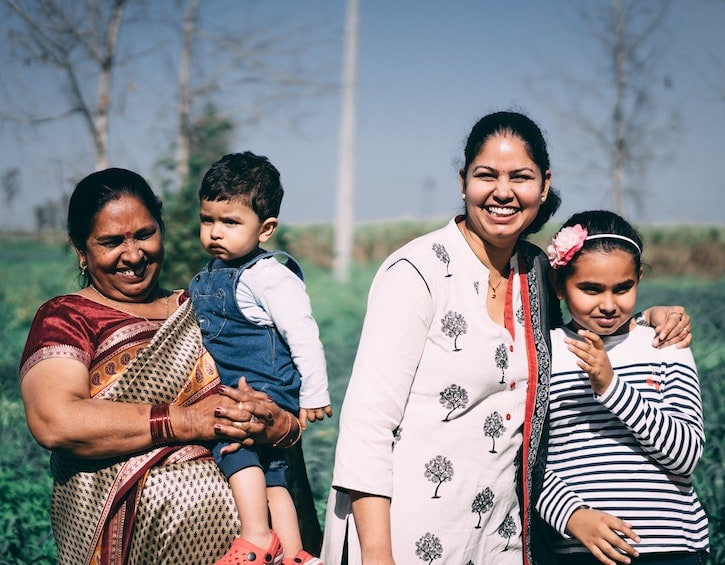
When To Introduce A Second Language?
When it comes to raising bilingual babies, in many circles, we often hear people say that “earlier is better.” Research demonstrates, however, that children can become proficient in two languages if they learn both languages between the ages of 0 to 3 years (“simultaneous bilingual”), or if the second language is introduced between 3 to 7 years (“successive/sequential bilingual”). Parents of bilingual babies often become worried because their little ones might begin speaking slightly later than monolingual children. This should not be diagnosed as a language delay because bilingual children do begin talking within the typical age range.
It’s helpful for parents to know what’s happening when babies are acquiring a second language. Research in language learning details five stages of second language acquisition that all people go through (babies included!), which can serve as a helpful roadmap for parents. Click on the image below to download.
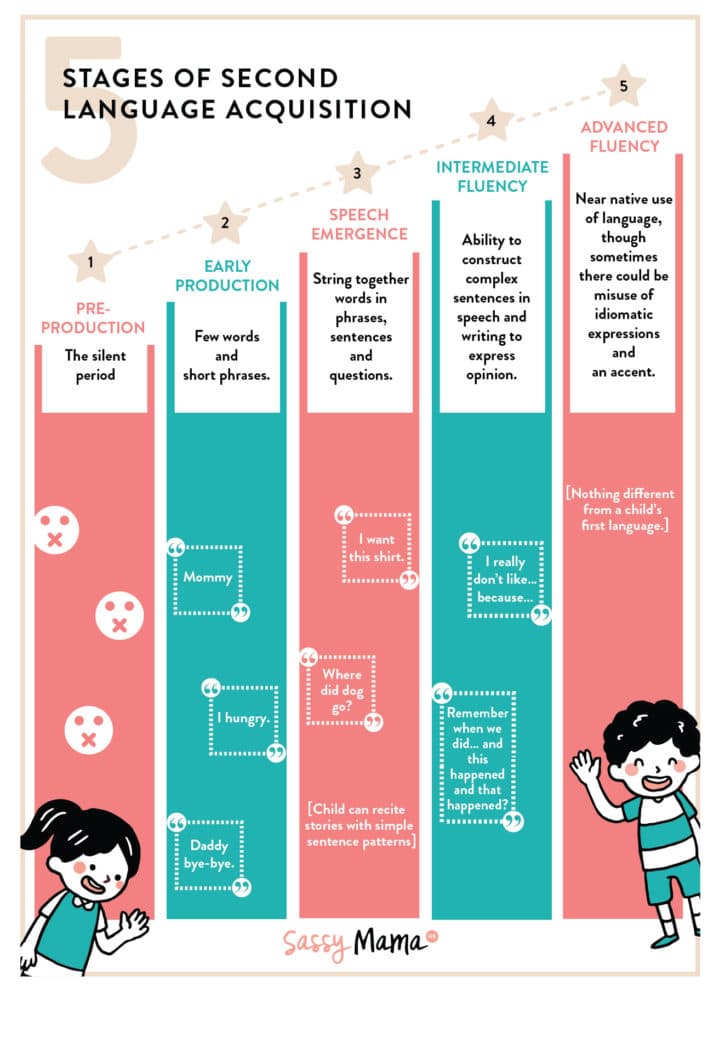 Read more: Mandarin Lessons For Kids In Hong Kong: Chinese Classes, Playgroups And Tutors
Read more: Mandarin Lessons For Kids In Hong Kong: Chinese Classes, Playgroups And Tutors
What We’ve Done To Raise A Bilingual Baby
As a new father of a 10-month-old daughter, my wife and I have tried to create a multilingual home environment to raise her bilingually (we are both bilingual in English and Chinese with varying levels of proficiency). Although our daughter is in the pre-production stage, and does not yet respond to us in a language that makes sense, we recognise that consistent exposure to each language is the greatest predictor of bilingual fluency.
Hence, we try to:
- Read stories to her in English and Chinese (both Cantonese and Mandarin) every day
- Provide the label of objects around the house in all languages repeatedly (and animatedly!)
- Listen to songs in both languages, singing along in both languages
- Hire help who can provide consistent exposure in one language while we, the parents, provide bilingual exposure
- Have fun! It’s so easy to get worried about how to optimise exposure to each language without any response in these pre-production months. But hard work will pay off!
Read more: How To Create A Schedule For Your Early Years Learner At Home
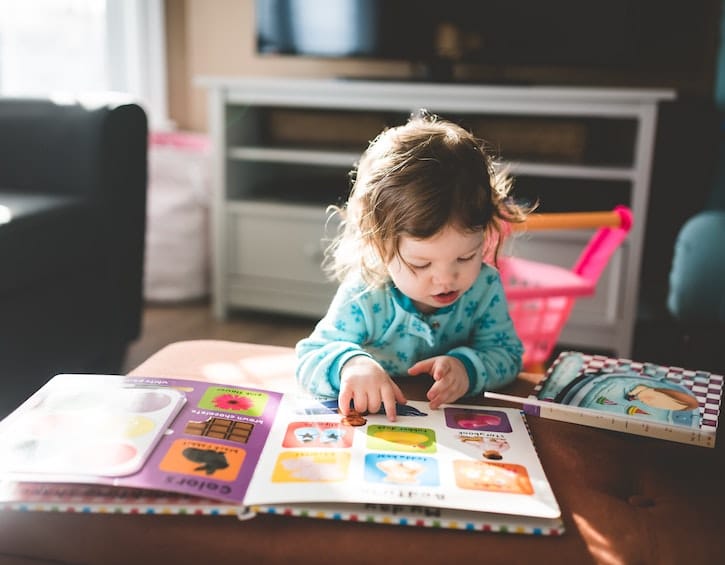
What I’ve Noticed
At this point, our daughter is in a constant state of babble. Putting my researcher hat on, I have noticed the development of the English vowel sounds, some English consonant sounds and also one or two sounds that are unique to the Chinese language (kind of like the “tz” sound in “cheese” in Cantonese). Recently, I’ve been wondering if she’s been babbling a few words in (Chinese) tones since research does indicate that children might babble in different languages.
Most importantly, however, while in this stage of pre-production, I have noticed that our daughter isn’t afraid or confused by different languages and is incredibly cognizant of who is speaking in the room. She enjoys engaging with anyone in babble, which is a trait that we believe will encourage her on her bilingual journey.
Read more: How To Raise An Independent Preschooler In Hong Kong
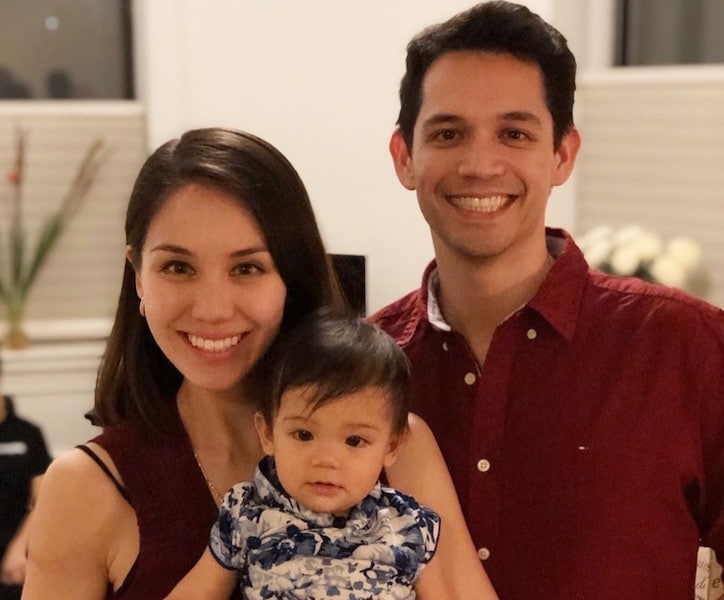
What I Expect
As our daughter transitions from the pre-production to early production stage as a bilingual baby, I expect she will begin repeating words back to us in both languages – first by mimicking what we say and then by saying words independently. As she develops concrete associations between specific objects and their English and/or Chinese labels, she will then need to understand that she is using two distinct languages to navigate her world.
She will likely mix the two languages together (i.e. Chinglish), which is a linguistically-complex process that is unique to bilingual speakers. As parents, we will encourage such language exploration, but will also explicitly indicate when she is using which language. The more aware she is about her language use, the more control she will have over her language choices. As this understanding matures, we will continue to teach her that in order to communicate effectively, certain languages can be used in certain contexts with certain people. Bilingual development is, after all, so much more than just knowing how to say a word in two different languages.
Read more: How To Raise Multicultural Kids In Hong Kong
 View All
View All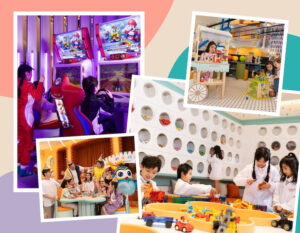


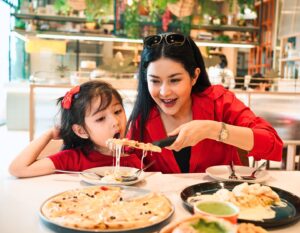




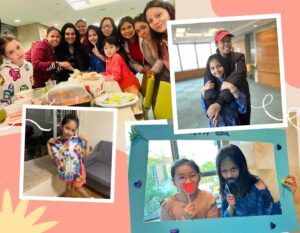


 View All
View All


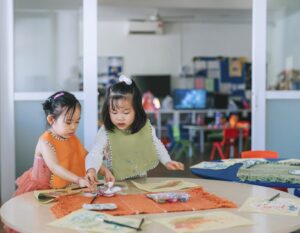


 View All
View All


 View All
View All
